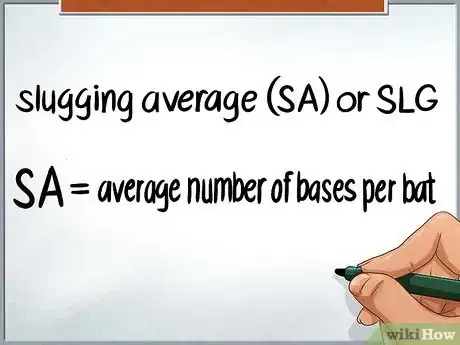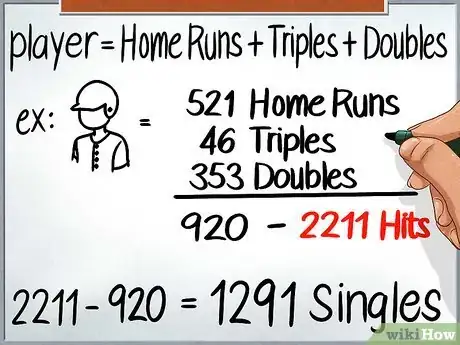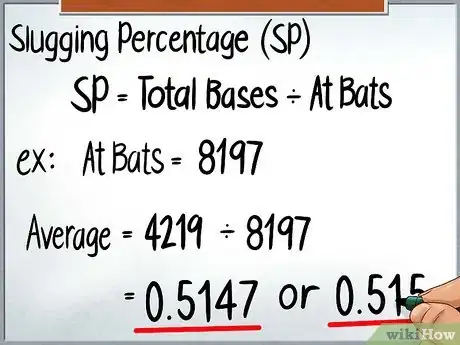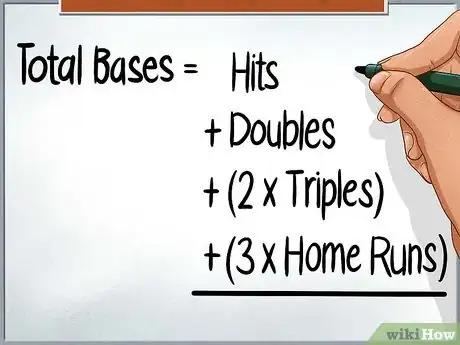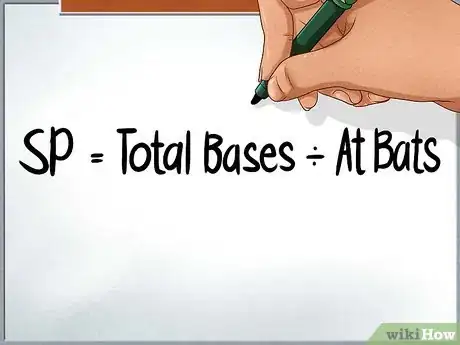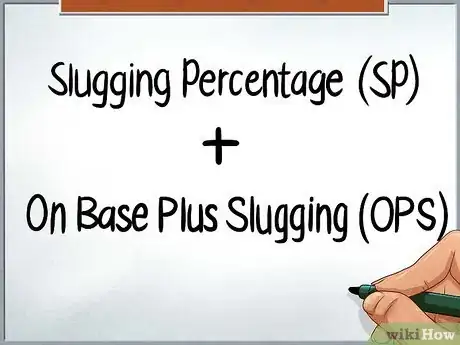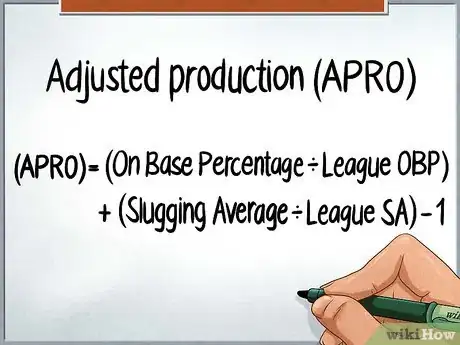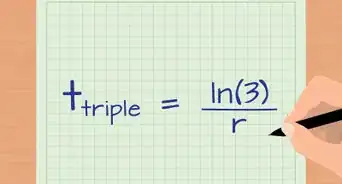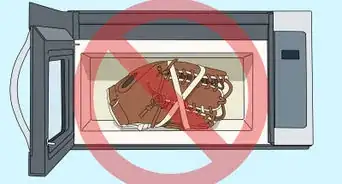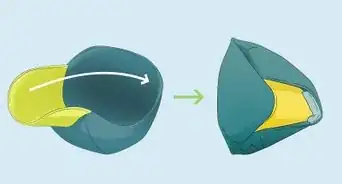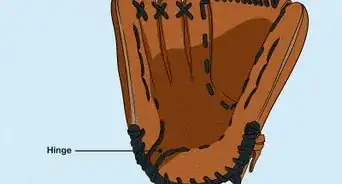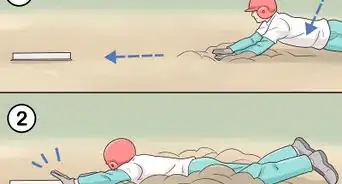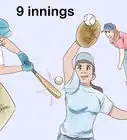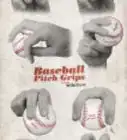wikiHow is a “wiki,” similar to Wikipedia, which means that many of our articles are co-written by multiple authors. To create this article, volunteer authors worked to edit and improve it over time.
This article has been viewed 159,316 times.
Learn more...
While batting average counts a home run the same as a single, slugging percentage takes into account the actual number of bases scored. Despite the name, this statistic is actually an average, not a percentage. A player with high slugging percentage has a high number of bases scored per opportunity at bat.
Formula Cheatsheet
- Slugging Percentage (SLG) = Total Bases ÷ At Bats
- Total Bases = Singles + (2 x Doubles) + (3 x Triples) + (4 x Home Runs)
- Total Bases (alternate method) = Hits + Doubles + (2 x Triples) + (3 x Home Runs)[1]
Steps
Calculating Slugging Percentage
-
1Understand slugging percentage. Also called slugging average, SA, or SLG, this is a player's average number of bases per bat.[2] If a player has an (unrealistic) slugging percentage of 1, their average result was a single.
- This only measures number of bases from hits, not from walks or hit by pitch. Ignoring the bases out of the batter's control makes this a more accurate measure of offensive power.
-
2Find the number of singles. Most player stats don't include singles, but it's easy to figure out from other stats. First, add Home Runs + Triples + Doubles to get all the hits that aren't singles. Then subtract your answer from the total number of Hits to get the number of Singles.
- For example, Willie McCovey has career stats of 521 Home Runs, 46 Triples, and 353 Doubles, adding up to 920.[3] Subtract 920 from his career Hits of 2211 to get the number of Singles: 1291.
Advertisement -
3Calculate the number of bases. Add together (Singles) + (2 x Doubles) + (3 x Triples) + (4 x Home Runs) to get the total number of bases.
- Willie McCovey scored a total number of bases equal to (1291) + (2 x 353) + (3 x 46) + (4 x 521) = 1291 + 706 + 138 + 2084 = 4219.
-
4Divide your answer by at bats. Divide total bases by the number of at bats to get the slugging percentage.
- Willie McCovey had 8197 At Bats, so his career slugging percentage is 4219 ÷ 8197 = 0.5147 (rounded to 0.515). On average, he scored a little more than one base for every two at bats.
Alternate Method
-
1Find the total bases with a faster method. The method above is the easiest to understand, but requires extra math to find the number of singles. Here's a way to skip that step and find the total bases using Hits instead: Total Bases = Hits + Doubles + (2 x Triples) + (3 x Home Runs).
- This works because one base per Hit takes care of all the singles. Since this also awards one base for each double, you only need to add 1 more base per double to find the total. Similarly, add two extra bases for triples, and three extra for home runs.
-
2Divide by at bats. Just as before, the slugging percentage is equal to the total bases divided by at bats.
Related Formulas
-
1Add Slugging Percentage to On Base Percentage. The result, On Base Plus Slugging (OPS), takes into account the most important offensive stats. Baseball statisticians don't consider this accurate, but it's a quick and easy way to compare offensive power.[4]
- OPS+ is a less commonly used statistic that adjusts for the league and park. The formula for OPS+ changes each year to make 100 the league average.
-
2Adjust slugging percentage for league. This statistic was invented for the baseball encyclopedia Total Baseball, and is rarely used elsewhere. It's a more accurate way to compare players from different years, but it might be hard to dig up the statistics you need to calculate it:[5]
- Adjusted production (APRO) = (On Base Percentage / League OBP) + (Slugging Average / League SA) - 1
- The League stats are the average stats for all players that year.
- The stats are sometimes adjusted to factor in differences between parks as well.
Community Q&A
-
QuestionMy son is a freshman in high school, he has had 78 at bats with only two strikeouts. Does that count for anything?
 DonaganTop AnswererThat's a very good strikeout percentage, so he's doing well. However, regarding batting or slugging percentage, strikeouts are considered the same as any other kind of out.
DonaganTop AnswererThat's a very good strikeout percentage, so he's doing well. However, regarding batting or slugging percentage, strikeouts are considered the same as any other kind of out. -
QuestionWhy not just divide how many times a hitter gets on on base by at-bats?
 DonaganTop AnswererThat will work if you know the player's total plate appearances, and not just his "official" at-bats.
DonaganTop AnswererThat will work if you know the player's total plate appearances, and not just his "official" at-bats. -
QuestionHow do I figure out on base percentages?
 DonaganTop AnswererUse this formula: the sum of the player's hits, plus the number of times he walked, plus the number of times he was hit by a pitch, divided by the sum of the player's official at-bats, plus his walks, plus the number of times he was hit by a pitch, plus his sacrifices (bunts and flies).
DonaganTop AnswererUse this formula: the sum of the player's hits, plus the number of times he walked, plus the number of times he was hit by a pitch, divided by the sum of the player's official at-bats, plus his walks, plus the number of times he was hit by a pitch, plus his sacrifices (bunts and flies).
References
- ↑ http://www.baseball-reference.com/bullpen/Total_bases
- ↑ http://www.baseball-reference.com/bullpen/Slugging_percentage
- ↑ http://baseballhall.org/hof/mccovey-willie
- ↑ http://www.fangraphs.com/library/offense/ops/
- ↑ http://www.baseball-almanac.com/stats.shtml
- ↑ http://www.baseball-reference.com/bullpen/At_bat
- ↑ http://www.baseball-almanac.com/stats.shtml
About This Article
To calculate slugging percentage, use the formula: SP = total bases ÷ at bats, where total bases is the number of bases the player ran from hits, and at bats is the number of times they were up to bat. To find the total bases, use the formula: total bases = hits + doubles + (2x triples) + (3x home runs). Then, plug the number you get into the original formula and solve to find the player's slugging percentage. If you want to learn the formulas for comparing slugging percentages between players from different seasons, keep reading!
